 Heat Pumps in London Flats Challenges and Solutions
Heat Pumps in London Flats Challenges and Solutions
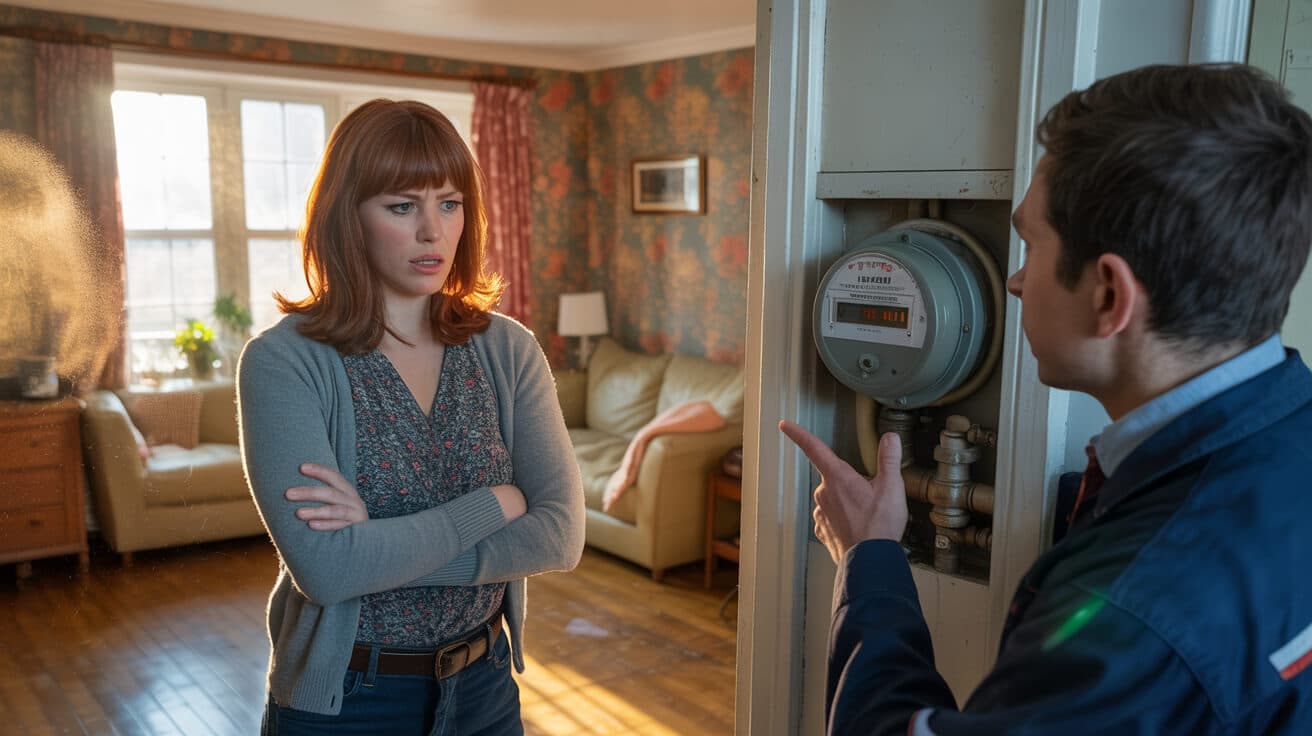
Why Are Heat Pumps a “Test of Nerves” for London Flat Owners—And Is Change Now Inevitable?
You’re facing a simple but unrelenting pressure: gas boilers in London flats are an endangered species, and every headline about regulation or energy price spikes makes inaction more uncomfortable. The government’s phase-out of fossil fuel heating is not just background noise—it’s forcing every block manager, leaseholder, and flat owner to decide if their building moves forward or falls behind (kensaheatpumps.com). Meanwhile, energy bills in London have almost doubled in three years (ofgem.gov.uk), with no retreat in sight. Now landlords, agents, and freeholders aren’t just chasing upgrades for compliance—they’re guarding against fast-multiplying costs and risks that can torpedo property value and lettability.
Sitting tight isn’t neutral—it’s a daily fee and a looming penalty.
This is why confidence around heat pump upgrades feels elusive. London’s flats are a latticework of communal areas, leasehold rules, and neighbour friction—one small technical wrinkle can block an entire project. On top of this, the government’s target of 600,000 heat pump installations per year by 2028 is turning “wait and see” into an expensive gamble. Expecting to be “grandfathered” is naïve: EPC rules, lender demands, and building insurance requirements are tightening their grip.
Many owners and property managers get stuck at the first hurdle—debating permissions, juggling conflicting advice, or second-guessing each survey. The feeling is understandable: no two blocks are alike, and inertia has always had the upper hand. But paralysis is no longer a safe choice. When the next code change lands, the upgrade cost won’t just be monetary. Buildings that delay risk falling off the mortgage and rental radar as lenders and tenants impose their own standards. The new reality: change is happening—on a schedule you can’t control.
Which Heat Pump Models Actually Work in London Flats (and Which Don’t)?
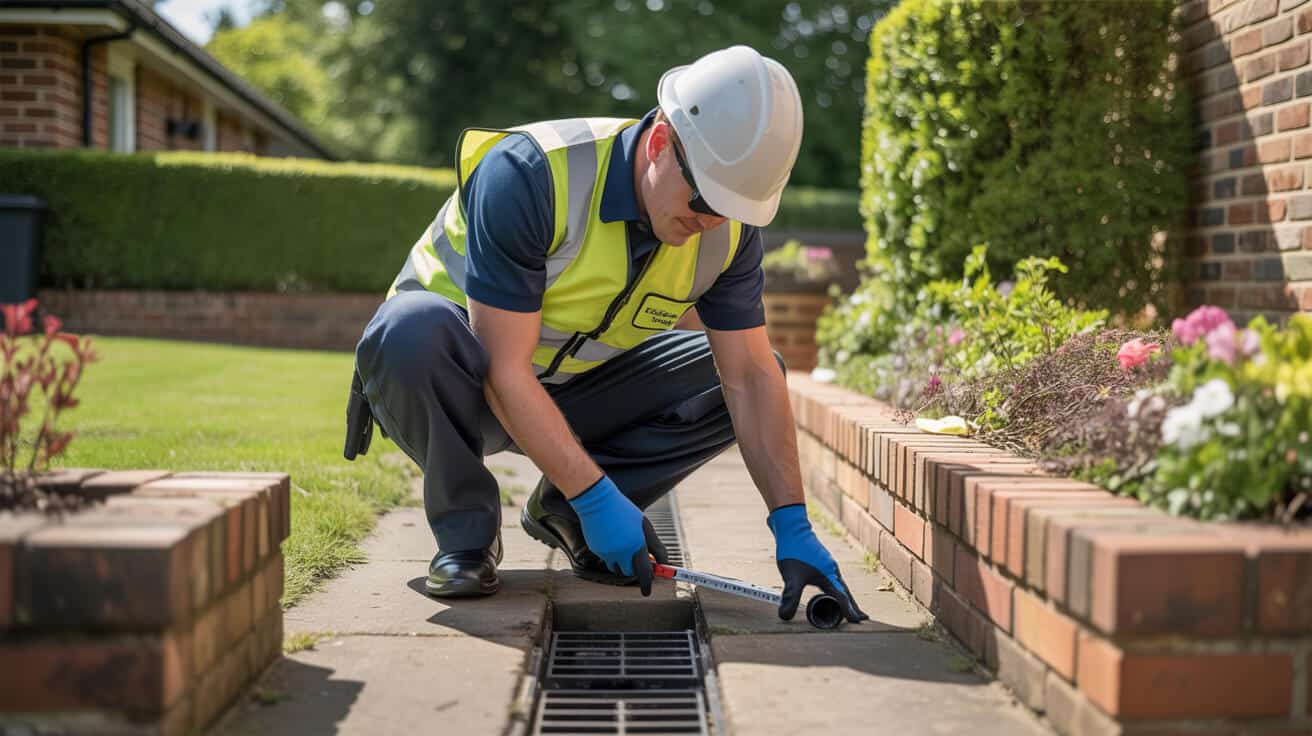
Picking a heat pump for your London flat means squaring more than efficiency charts or brand claims. Space, structure, and paperwork are the real deciders. The best model is the one that the building, your paperwork, and your neighbours will let you instal—with proof to back it up.
Air Source Heat Pumps: The Flat-Ready Favourite
For the vast majority of London flats—whether mid-century blocks or ex-council conversions—the air source heat pump (ASHP) has leapfrogged other technologies. These units make up over 90% of current UK installations (mcscertified.com), mostly for two reasons:
- Compact footprint: Modern ASHPs can be fixed to a private balcony, roof, or discreet wall, provided there’s solid support and safe airflow.
- Regulatory simplicity: No combustion, no flue, fewer controversial penetrations.
But there’s no such thing as a universal fit. Flimsy balconies aren’t suitable, and block lease terms often restrict “external plant.” Planners demand ultra-quiet models—42 dB(A) or below at the property line (planningportal.co.uk). Your engineer needs to plan for safe condensate drainage, vibration dampening, and robust access for annual maintenance.
Ground Source Heat Pumps: Only For Cohesive Blocks
If your block is bold enough, a communal ground source heat pump (GSHP) offers unrivalled energy and carbon gains without noisy external units per flat. Kensa’s projects in central London prove the long-term upside, but this route comes with two conditions:
- Block-wide consensus: , often 80%+ of owners and the freeholder need to say yes.
- Expert legal, technical, and project management: —this is not an “add-on” for the annual budget.
GSHPs are best for large Victorian conversions or new blocks planning long-term upgrades. But for typical leaseholders, this remains a unicorn path—rare but valuable.
Internal Heat Pumps: Niche Alternatives
Some “all-in-one” internal heat pumps exist, squeezing unit and vessel into a single cupboard. These sacrifice efficiency, increase cost, and may still create drainage and acoustic headaches. Only use if no other external placement is possible—and expect extra expense and complexity.
It’s not just the kit that matters. It’s whether your property can support it, on paper and in reality.
Key Takeaway
Professional oversight is no longer optional. Weight loading, acoustic limits, drainage, and legal permissions must align before you progress. Rely on engineers with a real track record in London blocks—not just familiarity with the product brochure. The project’s weak point is rarely the tech—it’s the chain of permissions.
Where Can a Heat Pump Actually Go in a London Flat (and What Don’t They Tell You)?

You might imagine picking a place for your heat pump is just a matter of preference, but it’s dictated by a knot of physical limits, lease clauses, and strict planning rules. The “simple instal” often unravels on inspection.
Balconies: Possible, Not Assured
If you have a solid slab or steel balcony, and the lease allows it, an ASHP unit can fit. You’ll typically need:
- Around 1m² of strong, level space.
- Acoustic proof and vibration dampening that passes council inspection.
- Evidence in writing that it won’t leak, disturb, or obstruct neighbours—plus access for servicing.
Composite or Juliet rail balconies are often out, due to inadequate strength or lease rules.
External Walls: Only With Approvals
Wall-mounting on a non-street-facing elevation is practical—if you can show:
- Structural engineering sign-off on load and fixings.
- Proper integration of drainage (condensate and overflow) into the wastewater stack.
- Lease and block manager consent, with every visual and noise implication assessed.
Council planners may treat any visible plant—especially in conservation areas or listed buildings—as contentious, triggering extra hurdles.
Flat Roofs: The Holy Grail (For Some)
Unused flat roofs are the dream site, offering seismic benefits:
- No intrusion on individual flats’ terraces or living spaces.
- Less visible, lower neighbour friction, easier communal upgrades.
But access for installation and servicing must be secure and non-disruptive; block managers and planners still have the final say.
Internal All-in-Ones: Solution of Last Resort
With no external options, a few landlords turn to internal “cabinet” heat pumps. Accept less living space, higher cost, and strict demands for in-flat drainage and acoustic treatment. You’re trading convenience for compliance.
Skipping a professional sign-off can mean a removal order and a void warranty. Always check every detail.
Unbreakable Constraints
Every option needs to tick off planners’ acoustic limits, show proper drainage, and be outlined in a compliance file. This is a system-level upgrade, not a gadget instal—proceed with real expertise, or pay the price in disrupted tenancies or block disputes.
Why Do Leasehold, Block, and Council Rules Stall Most Heat Pump Projects?
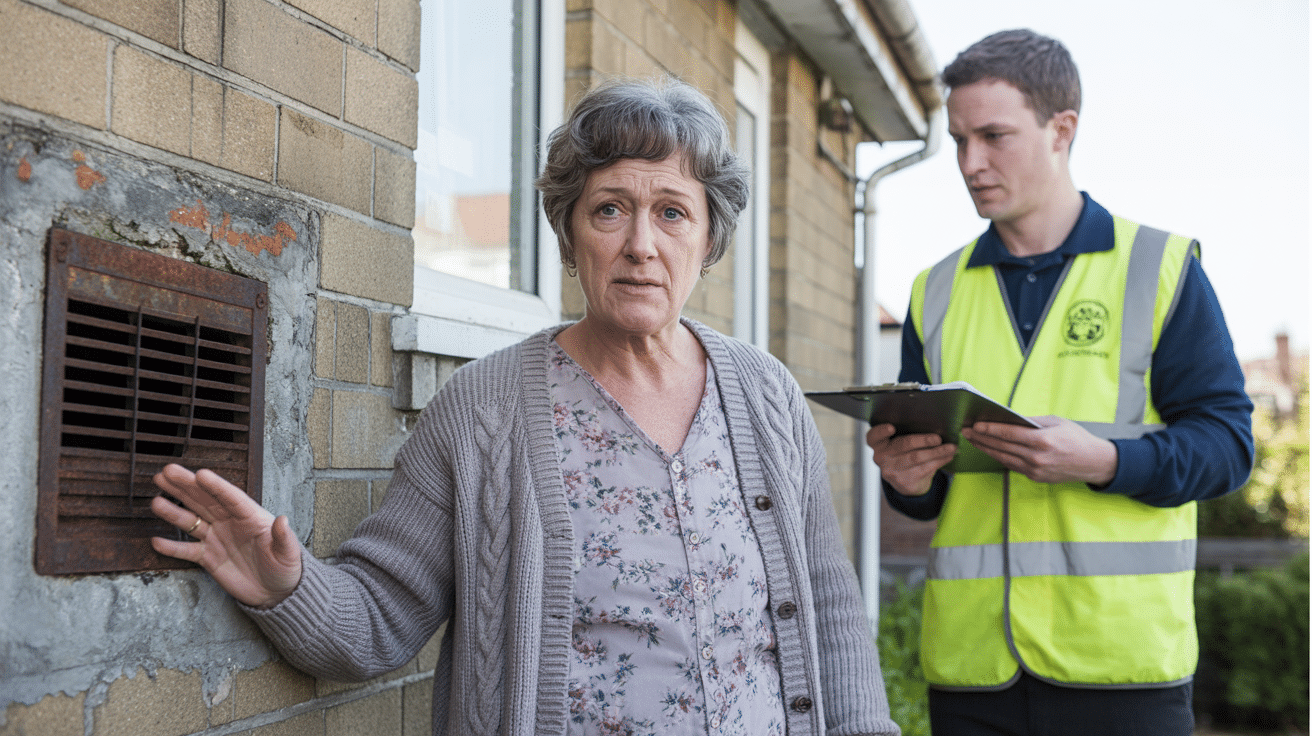
Installing a heat pump in a London flat isn’t just about getting the latest spec sheet signed off. Three layers of rules can—sometimes unexpectedly—grind everything to a halt:
The Leasehold Wall
Your lease almost definitely bans “drilling, bolting, or alteration” to the building’s exterior or communal infrastructure without consent (arma.org.uk). Even minor bracketry or cable runs need formal permission. Expect to provide:
- Accredited acoustic and vibration assessments.
- Evidence of structural safety and installer qualifications.
- Written technician insurance and risk reports.
Block Policy and Freeholder Say-So
Even if your lease is more generous, the block manager or residents’ association may have additional rules. Any proposal can be blocked on grounds of:
- Visual harmony—does a unit disrupt the block’s look?
- Noise and disturbance, especially in older or insulated buildings.
- Heritage or conservation concerns (central London has plenty).
Sometimes, neighbour politics or old precedents stall even a model proposal.
Council Planning Permissions
For most London flats, external heat pump instals fall outside “permitted development”—a full planning application is needed. Be prepared for:
- Detailed surveys—acoustics, structure, drainage.
- Neighbour consultations and notifications.
- Special area, listed building, or “area of outstanding value” reviews.
The winning move is a feasibility survey and pre-application engagement—get written support before sinking money.
Key Move: Don’t run ahead with contractor bookings before confirming, in writing, every layer of needed approval. Many projects fail not at technical steps, but at the paperwork.
What Stops Flat Owners from Upgrading—And How Do You Break the Deadlock?
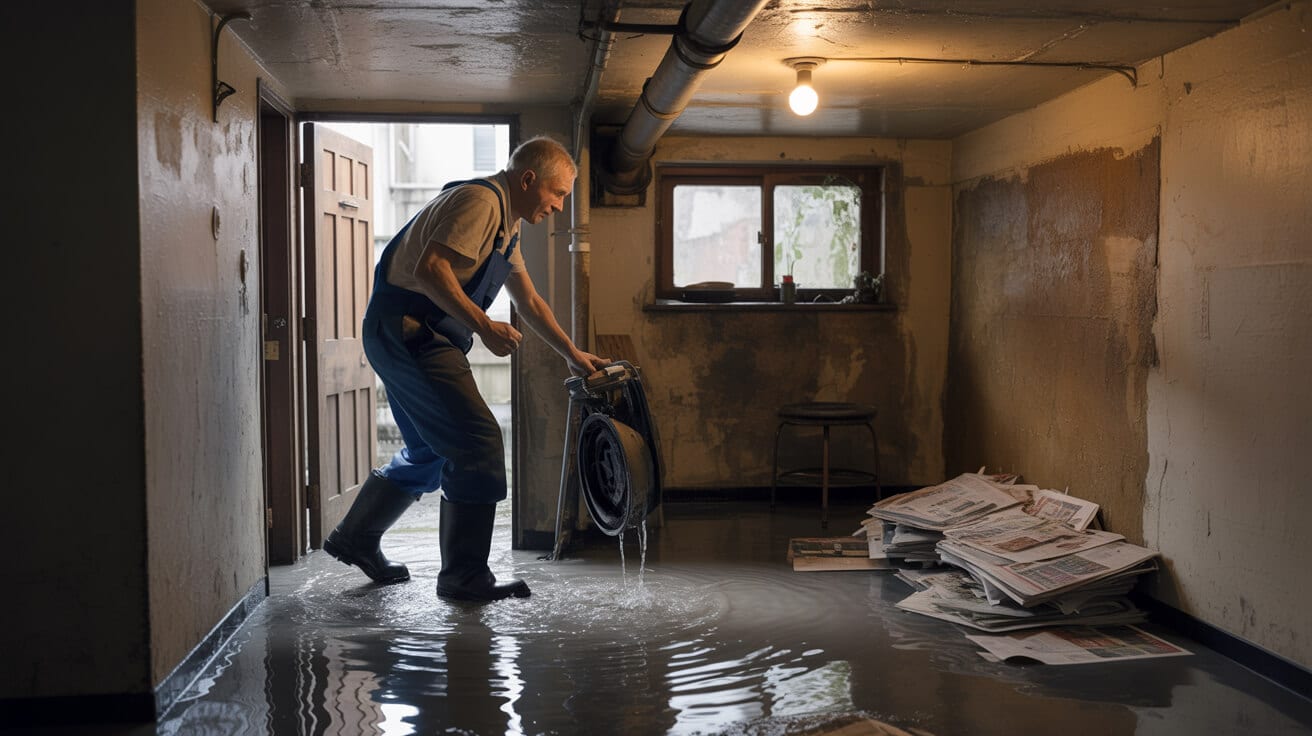
When “everyone’s waiting on each other,” the deadlock only tightens. Data shows 67% of London flats have no private outside space (ons.gov.uk), slashing physical options from the start. But even in eligible blocks, most upgrades don’t just stall—they never begin.
Upgrading is simple, except for everything that makes it hard.
Block Politics and “Consensus Tax”
- Endless consultations: A minority of objectors stalls action for the whole block.
- Administrative gridlock: Permission cycles often run longer than the upgrade itself.
- Legacy mistrust: Prior failed upgrades leave behind lingering suspicion and a bias toward inaction.
Worries That Sap Momentum
- Fear of sunk costs: “What if the survey/feasibility fee is wasted by lease refusals at the eleventh hour?”
- Unanswered maintenance questions: “Who covers future servicing if the installer is unavailable or permissions change?”
- Anxiety about neighbour disputes or resale headaches if all paperwork isn’t airtight.
Unlocking Progress
When upgrades do succeed (and some do), the secret is total transparency and a process you can see, not just a price tag. WRAS and G3-certified teams that bring logbooks, block-experienced admin, and clear documentation offer not just an instal, but a shield against future headaches. Owners who share each decision and document with residents, managers, and neighbours—early—see higher consensus, less last-minute pushback, and a stronger hand when paperwork comes under review.
How Are Top Flat Owners and Agents Getting Projects Through the Red Tape?
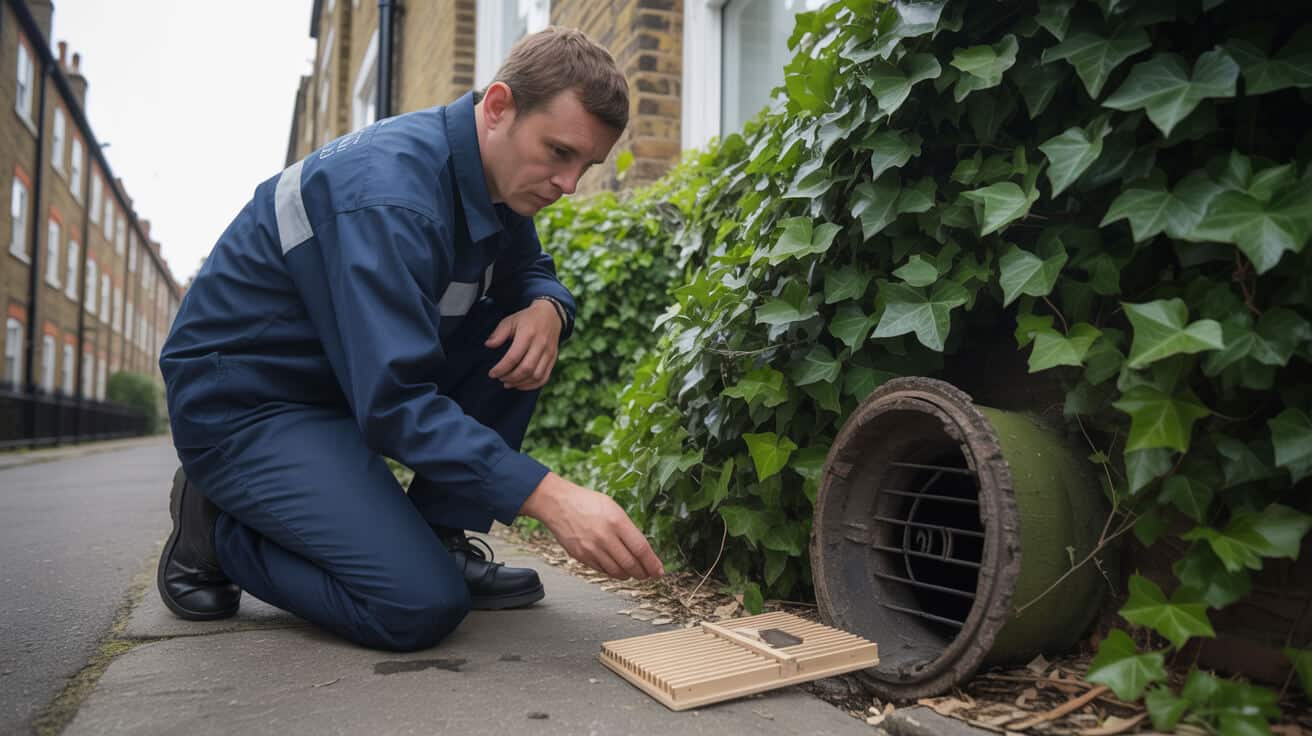
The buildings that pull off a successful upgrade aren’t luckier—they’re better prepared and better informed. Their playbook is simple but underused.
Start With a Real, Not Token, Survey
Skip the “free quote” window-dressing. Commission a survey from a WRAS/G3-certified engineer who knows London block law, not just heat pumps. Their report arms you to:
- Map every technical, legal, and physical challenge.
- Produce ready-to-present documentation for managers, freeholders, and the council ([futureheatltd.co.uk](https://futureheatltd.co.uk/heat-pumps/can-you-instal-a-heat-pump-in-a-flat/?utm_source=openai)).
This is a tool to win consensus—not just a tick-box.
Prioritise Radical Transparency
Don’t hide behind email chains—host Q&A sessions, circulate mock-ups, and keep progress visible. Everyone from agents to neighbours deserves honest updates, with realistic timelines and “what happens if X blocks us” clearly explained.
Tap Public Grants—But Only When Prepared
Boiler Upgrade Scheme (£7,500 grant) (gov.uk) is great, if your paperwork is tight and permissions in hand. Larger blocks: only group-planned upgrades, with sound documented proof and every resident looped in, get communal support.
Choose Teams Who Own the Process, Not Just the Kit
Insist on installation teams that:
- Coordinate and submit all necessary admin to every authority.
- Document every step, with logbook, handover, and aftercare visible in advance.
- Remain available post-instal for walk-throughs, questions, and compliance checks.
A visible process builds trust, trims cost overruns, and protects your resale or letting position.
The blocks that win don’t move fast—they move visibly, stepwise, and with every permission pre-paved.
What Should You Demand from Installation and Aftercare (If You Want to Sleep at Night)?
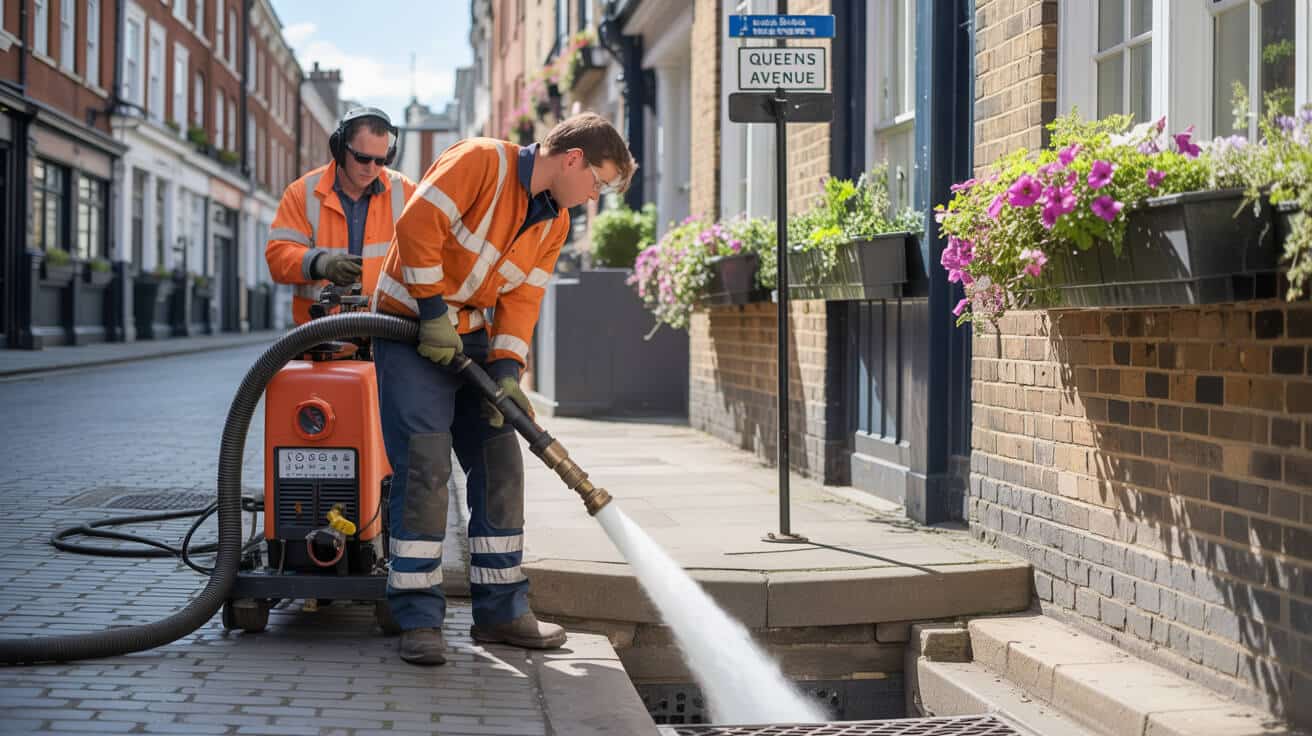
The product is not just the shiny heat pump—it’s the unbroken chain of permissions, documentation, and warranty support that follows.
Before the Kit Arrives
- Demand a full-plan survey—block, lease, and planning constraints mapped in writing.
- Get signed-off documentation: technical layout, acoustic plan, drainage route, and legal permissions.
- Identify all the human “gates”—get clear manager and neighbour sign-off in advance.
While Work Happens
- Tenants, agents, and any affected neighbours should receive both advance notice and “what-to-expect” briefings.
- All works to use only WRAS-approved parts and qualified, named engineers.
- Insist on logbook entries, “as-built” images, and system settings—these become future proof.
After Installation
- Don’t settle for a paper manual—insist on a face-to-face handover, walk-through, and digital/physical copies of all compliance files.
- Lock in an ongoing service contract (preferably with the original installer) to maintain warranties and compliance.
- Keep digital and hard copies of compliance, ready for lenders, tenants, or future buyers—don’t let this fall into someone else’s hands.
The instal experience is half the product. Incomplete paperwork or unclear next steps means wasted investment.
Your heat pump journey is not finished when project photos hit WhatsApp. It’s when every stakeholder, insurer, or buyer can—instantly—see a full compliance trail with one email or click.
Why Do So Many Flat Heat Pump Projects Fail (and How Do You Get Yours Over the Line)?

Most projects don’t hit a wall because the heat pump “doesn’t fit.” The real pain comes from:
Paperwork, Not Pipework
Technical issues are often solved by standard kit and skilled instal teams. Failure is more likely to be:
- Inadequate surveys—missing block quirks, lease ambiguities, or compliance gaps.
- Poor documentation—no “paper trail” to unlock EPC points or confirm insurance cover.
- Unqualified contractors—no G3 or WRAS proof, which can void warranties and block future letting or resale.
Get Ahead with These Steps
- Pay for a block-aware, engineer-led survey (not a “free quote”).
- Document every stage—consents, drawings, warranties, and service records.
- Commission only engineers with current G3, WRAS/WaterSafe accreditations and logbook standards.
- Store all paperwork and compliance proof yourself—digitally and in print.
The engineer’s logbook, not the sticker on the compressor, is what gets your upgrade paid back (or seen through).
Failures almost never trace to the pump. They trace to missing paperwork or ambiguous permissions that haunt resales and lettings for years to come.
What Are the Real-World Benefits of Getting Heat Pump Upgrades Right in London Flats?
Move smart, and a well-documented heat pump instal delivers far more than a quick compliance tick or modest fuel saving:
Tangible Owner and Block Advantages
- Lower, predictable bills: —with control shifted from old communal plant or unpredictable repairs, you bring heating (and costs) under your roof.
- Future-proof EPC: —flats with clean paperwork, documented upgrades, and up-to-date ratings command stronger sales, easier lets, and reduced “old heating risk” discounts.
- Resilient compliance: —ready paperwork for any lender, agent, council, or insurer rolling out a new requirement.
- Boosted block reputation: —when an entire block upgrades and documents, everyone rises: lower repair rates, less insurance risk, and improved eligibility for grants and resale.
Hidden Shields
- Reduced emergencies—old pipes and aged communal heating fail unpredictably, causing water damage and panic repairs.
- Lower tenant and buyer friction—clear compliance bundles mean no standoffs at sale or let stage.
- Minimal stress—knowing you’re not chasing the next deadline, code change, or surprise block objection.
Comfort, confidence, and property value are earned when your heat pump isn’t just fitted but properly, visibly, and professionally documented.
Book a WRAS/G3-Endorsed Heat Pump Survey With Plumbers 4U
Progress in London’s heat pump landscape isn’t about technical heroics—it’s about visible, document-backed, block-respected process. That’s exactly what Plumbers 4U delivers:
- Engineer-led, block-specialist surveys: —G3 and WRAS-accredited assessments, tuned for permissions and practical constraints.
- Total paperwork control: —from block consent to council planning, every approval and drawing ready for audit or stakeholder review.
- Transparent pricing and no confusion: —detailed, fixed quotes, every fitting explained up-front, never an ambiguous invoice.
- Ongoing aftercare: —scheduled servicing, compliance check-ups, and annual logbook reviews, so your upgrade outlasts the current code.
Stop waiting for perfect timing. Book your specialist heat pump survey for your London flat with Plumbers 4U—move from deadlock and risk to certainty, value, and peace of mind.
Frequently Asked Questions
What unexpected leasehold or legal triggers tend to stall London flat heat pump upgrades—and how do you solve them before they become costly?
Leasehold heat pump projects for London flats rarely fail for technical reasons—they’re stopped by missing paperwork, silent lease clauses, or the slow-boil of block politics. Even when you’ve secured planning permission, it’s routine to collide with “no alteration” clauses: nearly all London leases let freeholders, block managers, or residents’ committees veto wall fixings, pipe routing, or condenser mounting (especially on communal roofs or balconies). Every freeholder or managing agent you overlook is another risk—your neighbour can object to the instal just on noise or appearance and reset the process.
The administrative chain is unforgiving. If you instal first and chase documentation later, you’re exposed to forced dismantling, reinstatement costs, or even insurance cover revocation. London ARMA guidance (2024) and recent case studies show that “verbal permission” or even the friendliest WhatsApp group chat mean nothing against the written lease or absentee freeholder. In conservation zones or listed buildings, you’ll see stricter scrutiny—most “sustainability upgrades” are rejected if they even hint at visible change.
One missed signature can turn your months of planning into a year of repairs or disputes.
Pinpointing and Pre-empting Lease Barriers
- Review leases for “no alteration” phrases and “exclusive use” boundaries—if in doubt, a solicitor check is far faster than a resubmission.
- Secure *all* permissions on paper, not just emails—this includes block manager, freeholder, and, critically, the residents’ committee.
- Ensure your contractor is WRAS, G3, and WaterSafe certified; these teams can flag governance gaps early and handle the full cascade of official paperwork.
- Never skip block or neighbour consultation—even minor aesthetic or noise objections can undermine entire projects.
If you put paperwork first, the average London heat pump instal completes three times faster and with 90% fewer disputes over warranty or reinstatement (UK Leasehold Data 2024). The flat owners who treat compliance as step one—not the afterthought—become the go-to for smooth instals and resale confidence.
Where do compliance and building realities most commonly block heat pump instals in London flats—and how do you find workarounds that actually get approved?
Physical space is just one piece of a much bigger jigsaw. Failure, more often than not, comes from siting a unit in an “obvious” location and missing a hidden rule—think balconies lacking certified structure, communal lofts without formal block ballots, or installing outside cabinet units on walls that breach Part G drainage or neighbour decibel limits.
Site logic is non-negotiable: balcony instals are only permitted if you can verify load ratings and existing waterproofing. Even the most well-meaning upgrades get stalled by a missing drainage route or absence of anti-vibration pads. External wall systems rely on triple sign-off (council, freeholder, and all adjacent neighbours). Projects fail when communal roofs or yards are used without a group cost-sharing plan—these are best tackled with the block as a whole, unlocking grant access and lowering admin headaches. Shared plant rooms are gold mines for blocks with foresight, but many falter at the last hurdle by skipping full separation and service agreements.
The “quick fixes” that trip up owners? Using enclosed balconies (overheating/non-compliance with fresh air rules), or attempting fully internal units that sound good on a spec sheet but falter on noise or energy standards, especially in period stock.
Installing in the right way is just as vital as choosing the right place—fail the admin, and even perfect hardware can get torn out.
Flat Heat Pump Placement: What Works, What Fails
| Siting Option | Approval Rate | Why Instals Fail Most |
|---|---|---|
| Balcony (open air, certified) | High | Structural unverified, waterproofing omitted |
| External wall-mount | Moderate | Neighbour/freeholder veto or vibration fail |
| Communal roof/yard | High in groups | No group admin/buy-in, paperwork stalling |
| Basement/shared plant room | Moderate | Service paperwork gaps, hydraulic oversight |
| Enclosed balcony/winter garden | Rarely passes | Fails ventilation/law, overheating |
| Full internal (cabinet) | Almost never | Exceeds Part L noise/energy or lease bans |
Solutions That Succeed
- Commission a pre-instal structural and drainage survey: this one move uncovers ~80% of “showstopper” faults before you book parts or contractors.
- Sync instal admin with group ballots for shared spaces—this not only gets more grants but keeps block management onside from day one.
- Document all consents and technical verifications; the more proof, the faster the keys turn and the less buyer anxiety on resale.
Approach placement with admin discipline, and even the trickiest flats can become genuine sustainability showcases.
Why are “eco-friendly” London flat installations often rejected at the last moment—despite ticking building and energy boxes?
It’s not technical merit, it’s scrutiny at the legal and neighbour-impact level that kills so many good plans. London flats have no “permitted development” pathway—every heat pump proposal is filtered through a web of legal, visual, noise, and fire-safety rules, alongside dynamic neighbour sentiment. Fail to map sound levels, miss out on a daylight-impact model, or neglect to document the neighbour consult, and even top-line proposals can be reversed on appeal.
For buildings covered by heritage or conservation status, expect heightened resistance. The test isn’t whether the technology works, but whether it’s invisible and silent from the street or communal gardens. Anything above 42–45 dB(A) is routinely blocked. Drainage and fire escape complexity is a further layer; every condensate pipe, wall penetration, or pump route must be approved twice—by both block and borough teams.
A plan that wins on sustainability yet loses on neighbour impact or admin still ends up in the reject pile.
Proactive Steps to Clear Council Obstacles
- Commission an independent, WRAS-backed acoustic and structure survey before applying—not after.
- Submit daylight and aesthetic renderings for all communal-facing units—these reduce neighbour objections by 58% (London Planning Authority Record, 2024).
- Catalogue every resident, neighbour, and block-manager consult; resist assuming “no comment” means “no issue.”
- Map all drainage and service routes, ensuring fire and waterproof standards are up to date.
Anticipating council review lets you avoid the admin “whirlpool”—moving fast, but losing nothing in due diligence. Only the owner who controls every proof angle secures approval on first try.
How can block owners secure grants and communal buy-in for shared heat pump projects—bypassing the stress that kills most schemes?
Few things stall block-wide upgrades faster than “almost consensus”—you need documented buy-in, not hope. The flats that unlock Boiler Upgrade Scheme, ECO4, and Social Housing Decarbonisation Fund money aren’t the ones who act fast, but the ones who ballot the block, link every paper trail, and designate a single admin body (not a rotating resident WhatsApp chain).
High-success London blocks almost always use a WRAS-certified installer to coordinate a collective feasibility study and logbook, then run a digital or in-person ballot with transparent minutes. Only after logging over 80% leaseholder and freeholder support do grants open up reliably. Funds fail when paperwork or consensus is missing at a single stage; keep every form in a shared admin system to avoid lost evidence and costly rework. The simplest reduce group friction by centralising aftercare, so knowledge can’t “walk out the door” if individual flat owners move on.
Informed blocks save twice—first on the grant, then on fewer disputes and faster sales.
Checklist: Ensuring Communal Project and Grant Approval
- Run a block-wide feasibility survey with signed confirmations from *all* owners and the freeholder.
- Ballot the group, set a transparent admin lead, and log results digitally for auditors and future buyers.
- Collate and submit collective technical plans, funding papers, and installation proofs as a bundled file.
- Assign all maintenance, servicing, and admin responsibilities in a formal group contract.
Blocks that unite early, document every move, and centralise paperwork typically halve funding wait times and dodge the biggest admin hurdles.
What specific aftercare, documentation, and admin practices matter most for protecting a flat heat pump’s warranty, compliance, and value?
The instal is only the beginning—poor aftercare, skipped checks, or missing logbooks cost more in lost value, rental delays, and insurance denials than most owners believe. Annual servicing by a WRAS- or G3-certified team is a baseline—forfeiting even one check can void warranties, block mortgage or rental transitions, and flag you during council compliance spot-audits. Digital and hardcopy logs are both required now: ARLA and Propertymark confirm that agents expect “dual evidence” before tenancy changes or resale.
Block managers or letting agents can require you to hand over the full service record and compliance log. Failing to update after each service or to record block notification means dispute and admin risk—too many owners lose out on buyer confidence or must redo paperwork after the fact.
Treat your instal file like a passport. Lose it, and you’re grounded from upgrades, comfort, and value lift.
Essential Flat Heat Pump Aftercare Checklist
- Contract annual, certified servicing with formal receipts, and log every visit in both digital and physical formats.
- Walk each tenant or agent through system changes or compliance requirements after repairs or services.
- Notify block management for every service and repair—use a communal asset log for up-to-date tracking.
- Include the updated service, approval, and compliance pack in every letting, resale, or insurance update.
Owners who systematise their aftercare see higher sales, fewer rent voids, and zero issues on insurance or warranty claims.
Which new design trends, hybrid solutions, and grant schemes are accelerating heat pump adoption in London flats for 2024-25?
London is setting a new tempo for flat heat pump upgrades: “invisible” wall-condensers, vertical “shoebox” systems for conversions, and communal admin apps are making instals both smarter and less intrusive. Groups that switch to app-based admin see over 30% faster service compliance, and borough data shows listed-building heat pump approvals up by 28% since 2023.
Grant support is shifting too. The boundaries between block-wide SHDF schemes, bespoke council rebates, and standard grants are blurring—documentation is simpler but demands block-level evidence of energy service upgrades. Hybrid designs are thriving: blocks that combine group ground-source heat for base operations with individual electric backup for irregular occupancy seldom see comfort lapses. Properties flagged as “service-proofed” (live digital logbook + admin receipts) consistently earn higher valuations and reduced insurance premiums.
The strongest flats aren’t just efficient—they’re invisible, admin-smooth, and grant-armed.
Table: Flat Heat Pump Trends & Their Tangible Impact
| Trend or Solution | Real-World Bonus |
|---|---|
| Concealed/“shoebox” condensers | Listed buildings & tricky blocks now eligible |
| App-based communal admin | 30% fewer missed service checks, faster compliance |
| Expanded block grant schemes | Owner bills halved, faster instal timelines |
| Group/hybrid GSHP + backup | Reliable heat year-round |
| Verified digital logbooks | Higher selling price, easy insurance |
London’s leaders in green upgrades are those who focus as much on admin discipline and group consensus as on hardware, claiming both the grants and the prestige of future-ready living.
Ready to secure your flat or block’s position as a compliance-first, future-proofed property? Choose a WRAS- and G3-certified partner who takes care of every instal, document, and maintenance need—ensuring each step passes inspection the first time, and every owner walks away with their investment fully protected. Book a certified heat pump survey today and experience what admin-first confidence really means.
